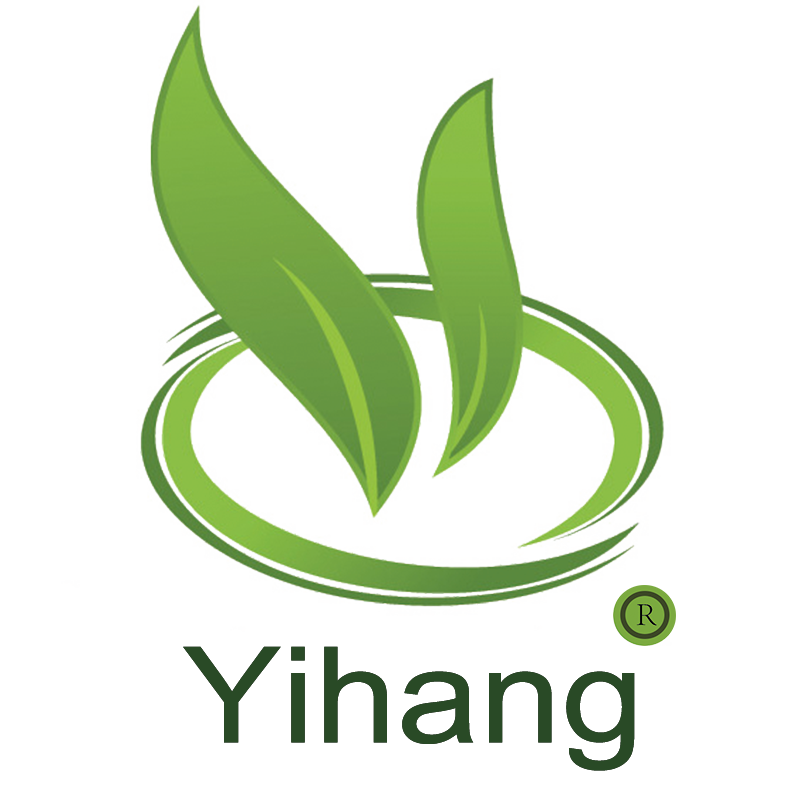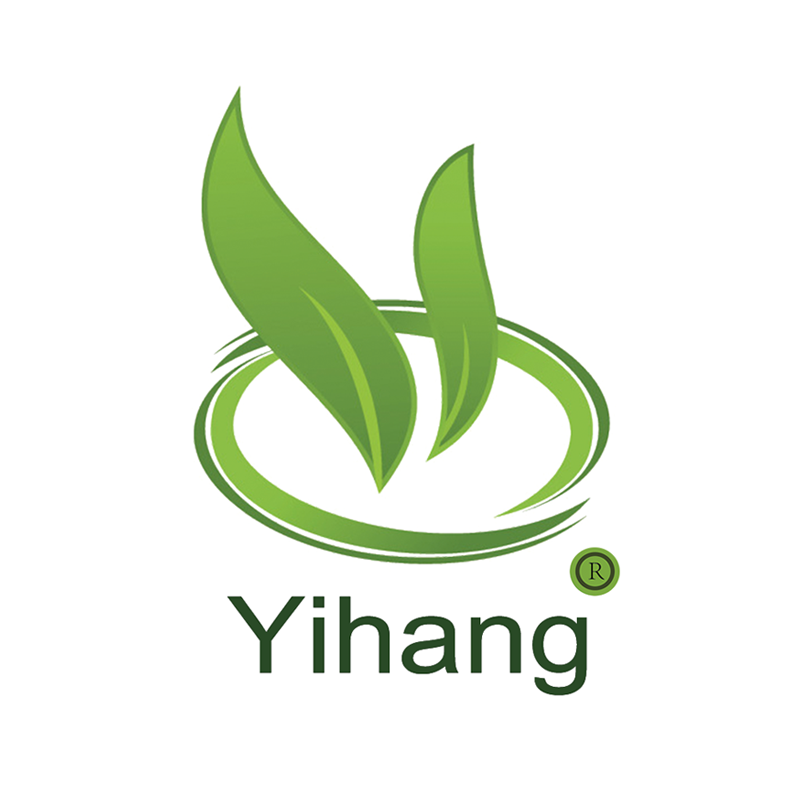Is granular activated carbon really a key player in wastewater treatment
How Granular Activated Carbon Works in Wastewater Treatment

Adsorption Mechanism Explained
Granular activated carbon (GAC) functions effectively by utilizing the adsorption mechanism to remove contaminants from wastewater. This process involves the attachment of impurities to the carbon particle surfaces, making GAC pivotal in purification systems. The success of GAC in adsorption is substantially impacted by its extensive surface area and porosity; higher surface areas enable more efficient contaminant adsorption. Additionally, factors such as the concentration of pollutants, temperature variations, and pH levels are crucial in determining the performance efficiency of GAC. Due to its reversible nature, adsorbed contaminants can sometimes be released, emphasizing the necessity for regular regeneration within GAC systems to ensure sustained efficacy.
Key Contaminants Removed by GAC
GAC is renowned for its ability to eliminate a wide range of contaminants from wastewater, including organic compounds, heavy metals, and micropollutants. It is especially proficient in removing commonly found chemicals like chlorinated solvents, pesticides, and pharmaceuticals, hence its critical role in wastewater purification processes. Research indicates that GAC can achieve up to a 90% removal rate for certain pollutants, dramatically enhancing water quality for discharge or reuse. The broad-spectrum capacity of GAC to target specific problematic contaminants highlights its importance in complying with environmental wastewater regulations, further cementing its place in modern treatment adventures.
Granular Activated Carbon is vital for ensuring clean, safe water, both for municipal and industrial applications.
Types of Granular Activated Carbon and Their Applications
Bituminous Coal-Based GAC
Bituminous coal-based granular activated carbon (GAC) is crafted from bituminous coal and is celebrated for its high surface area and substantial pore sizes. This characteristic makes it adept at removing a wide range of organic contaminants, particularly prevalent in industrial wastewater. Due to its effectiveness and durability, it finds extensive use in municipal water treatment plants. The durability and large adsorption capacity of bituminous coal-based GAC render it ideal for long-term applications in treating both industrial discharge and municipal water systems.

Coconut Shell GAC
Coconut shell GAC is a sustainable alternative made from coconut shells, esteemed for its high adsorption capacity and microporosity. This form of activated carbon excels in adsorbing small organic molecules, making it particularly effective for drinking water purification applications. Its eco-friendly aspect enhances its appeal in industries that are conscious of environmental impact, leading to its popularity in sustainable water treatment practices. The fine microporous structure of coconut shell GAC allows it to effectively target specific contaminants, ensuring cleaner and safer drinking water.

Wood-Based GAC
Wood-based GAC is produced from diverse wood biomass, offering a combination of high surface area and a renewable carbon source. This type of GAC is especially effective in removing specific organic contaminants related to taste, odor, and color in water treatment processes. As industries increasingly recognize the importance of renewable resources, wood-based GAC stands out as a sustainable choice for wastewater treatment. The versatility and renewal capability of wood-based GAC not only address contamination but also align with environmental sustainability targets.
Advantages of Using GAC in Wastewater Systems
High Adsorption Capacity
The high adsorption capacity of Granular Activated Carbon (GAC) is a primary reason for its extensive use in wastewater systems. Its large surface area and porous structure enable it to adsorb a wide array of contaminants effectively, leading to cleaner effluents. This distinctive property allows GAC to manage a variety of pollutants without saturation, significantly extending its lifecycle. Consequently, operators often witness prolonged usage periods between necessary replacements and regenerations, thereby enhancing overall operational efficiency. Such capacity makes it an unbeatable solution for contaminants like pesticides and volatile organic compounds, especially in settings requiring stringent treatment.
Cost-Effectiveness and Longevity
GAC proves to be a cost-effective solution for wastewater treatment, primarily due to its long service life and low maintenance needs. Industry analyses reveal that the lifecycle costs of GAC are generally lower than alternative filtration media, thanks to its efficiency and effectiveness. The ability to regenerate GAC further extends its lifespan, transforming it from a short-term fix into a sustainable, long-term investment. This regeneration process usually involves thermal or chemical methods, which recover GAC’s adsorption capacity and reduce expenses associated with purchasing new material. Not only does this reduce costs, but it also aligns with environmentally responsible practices by minimizing waste.
Environmental Compliance Benefits
Granular Activated Carbon not only provides technical benefits in wastewater systems but also aids in achieving compliance with stringent environmental regulations. Municipal and industrial facilities often face challenges in meeting effluent quality standards, and GAC usage has been shown to reduce contaminant discharge levels significantly. For instance, studies have demonstrated that incorporating GAC in wastewater treatment helps facilities adhere to regulatory requirements and thus avoid potential penalties and fines related to non-compliance. Consequently, investing in GAC for wastewater treatment not only ensures environmental standards are met but also promotes financial prudence by circumventing regulatory costs.
Yihang Crushed Activated Charcoal Water Treatment GAC
Product Specifications and Features
Yihang's crushed activated charcoal granular activated carbon (GAC) is precisely engineered to meet diverse wastewater treatment needs. This high-quality product showcases features like high purity levels and controlled particle sizes, which significantly enhance adsorption efficiency and mitigate operational challenges. The rigorous technological processes employed in its manufacturing ensure consistent quality and optimal performance across varied wastewater applications. These features underline Yihang's commitment to providing effective solutions in water treatment.

Applications in Wastewater Treatment
Yihang's granular activated carbon is ideally suited for a broad spectrum of wastewater treatment applications. Both industrial and municipal wastewater systems can benefit from its versatility. Whether addressing process water, aiming for dye removal, or general wastewater treatment, the effectiveness of Yihang's GAC is evident. Real-world cases consistently demonstrate notable reductions in contaminants, proving its substantial efficacy in improving wastewater quality across various sectors. This adaptability makes it an indispensable tool in today's water treatment landscape.
Customization and Global Availability
To cater to specific water treatment requirements, Yihang offers customizable solutions for its GAC products. This flexibility allows clients to tailor their purchases according to unique filtration needs. Moreover, the global availability of Yihang's products ensures that industries across continents can leverage its superior capabilities to enhance their operational performance. The company also provides robust support services and technical expertise, further reinforcing its dedication to efficiently meeting customer demands on a worldwide scale.

 EN
EN
























